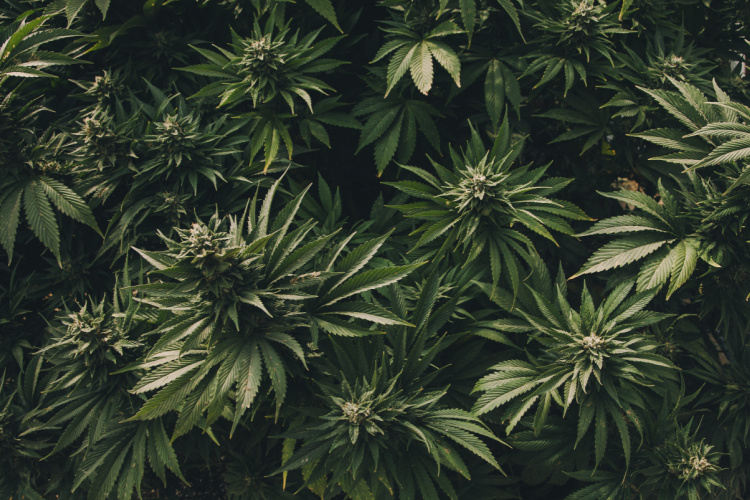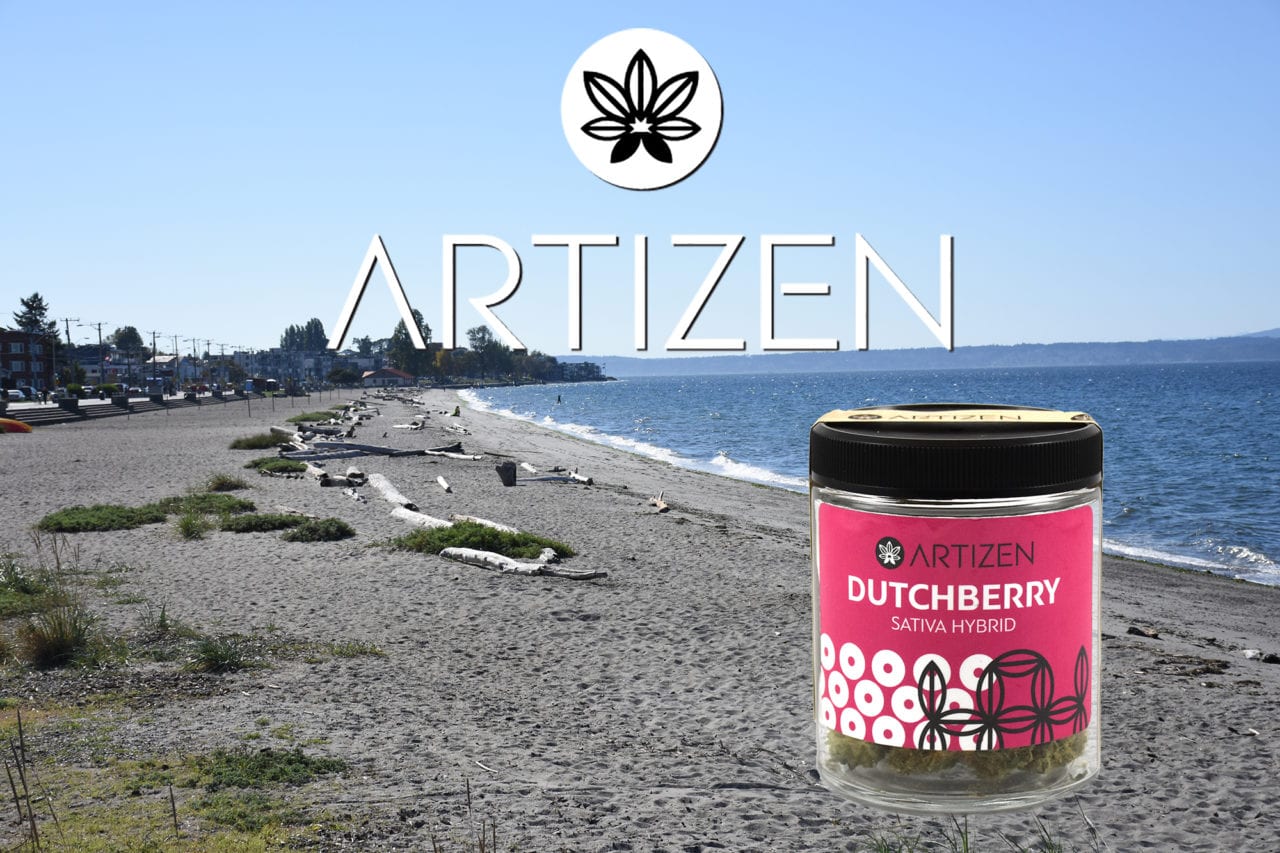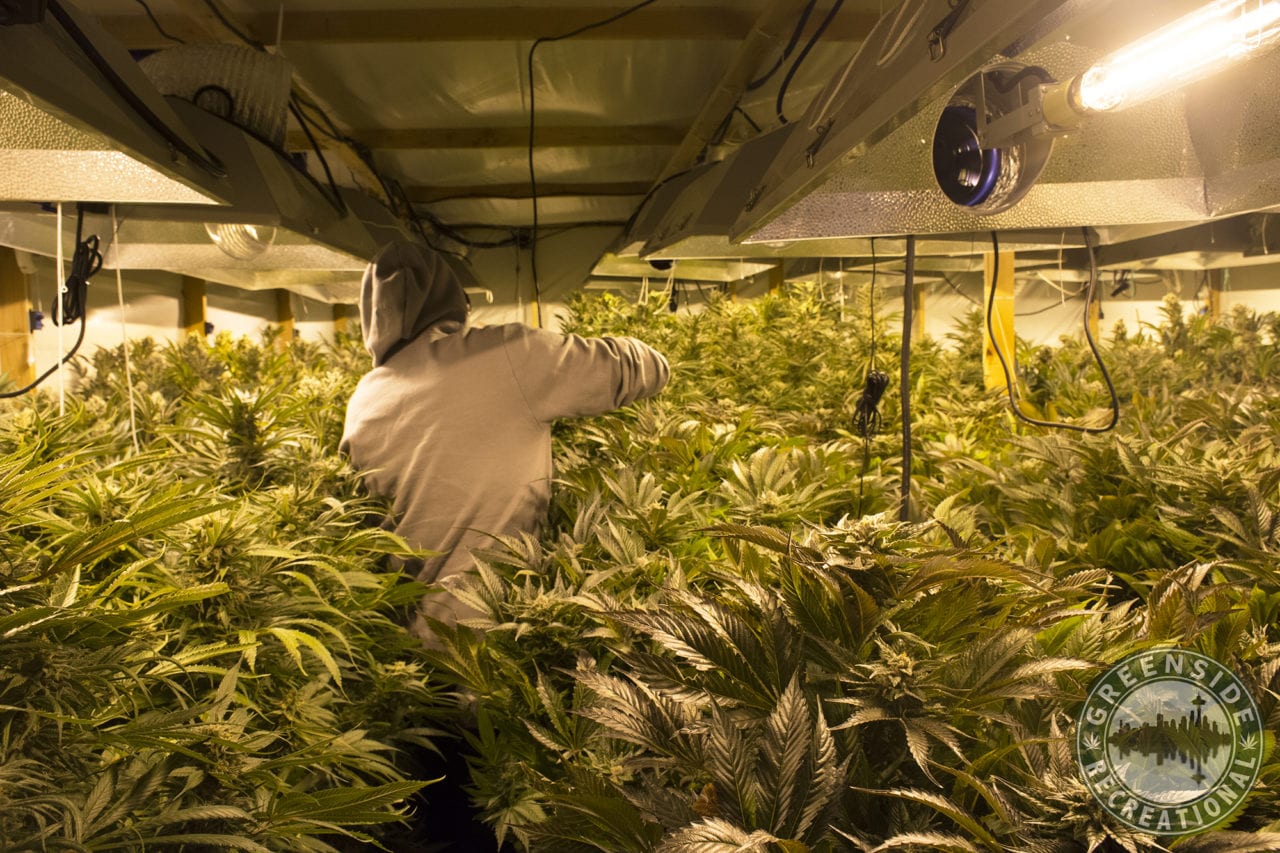Have you ever wondered how (and why) cannabis went from hero to zero (and back to hero) again? The history of marijuana is a long and tangled story, with more twists and turns than a knotted root ball. But it’s one worth knowing because it highlights the glaring inconsistencies around marijuana prohibition and this nation’s evolving relationship with the cannabis plant.
While the history of marijuana is a fascinating tale in its own right, our hope is that greater understanding will lead to greater engagement.
When Was Weed Discovered? The First Evidence
For most Americans, cannabis first entered public consciousness in the mid-60s. But it’s not as though the plant had just suddenly appeared on the scene. Cannabis’ wild cousin hemp had been an important part of American life since the first days of the Thirteen Colonies. And long before that, it was referenced in ancient medical texts and used in religious ceremonies for thousands of years.
The Chinese were using hemp for rope and textiles at least 12,000 years ago. Roughly 4,700 years ago, the emperor Shen-Nung included ma or cannabis in an ancient medical encyclopedia. By then, the plant had already spread west through India—where it gained even greater importance in religious and medicinal contexts—and what is now Romania, where evidence suggests it was used at roughly the same timeframe as Shen-Nung’s documentation. About 2700 years ago, cannabis use had spread to the Near East where it gave new meaning to the phrase “high holy temple.”

History of Marijuana: An Essential American Crop
In the New World, it was marijuana’s cousin hemp—which contains only trace amounts of THC—that stole the spotlight. In fact, in the early days of the Thirteen Colonies, settlers were required to grow it for use in rope, sails, and other essential commodities. But the medicinal properties of cannabis were also well-known and by the 19th century it was an important—and uncontroversial—ingredient in many popular “patent medicines” prescribed for insomnia, aches, and cramps, found on pharmacy shelves here and across Europe.

When (and why) did this change? Unfortunately, many of the reasons are largely grounded in racism and anti-immigrant sentiment. Led by the head of the Federal Bureau of Narcotics, Henry Anslinger, and supported by newspaper magnate William Randolph Hearst, the public conversation around cannabis was manipulated by widespread and frequent media coverage that relied on racist, sensationalistic and fear-based messaging.
Fueled by this widespread national anti-marijuana campaign, the prohibition of cannabis began in 1937 with the passage of the Marijuana Tax Act and was later solidified with the passage of Controlled Substance Act of 1970, in which cannabis remains a “Schedule 1” narcotic with no accepted medical use and a high risk for abuse. To this day, Nixon’s War on Drugs continues to have a significant and disproportionate effect on communities of color despite widespread state-level legalization for medical and adult use.
Federal Marijuana Legalization: Light at the End of the Tunnel?
Cannabis decriminalization, social justice reform, and legalization continue to be important conversations both at the state and national levels. Senate Majority Leader Chuck Schumer continues to advocate for cannabis law reform and federal marijuana legalization.
The History of Marijuana: Takeaways
Given cannabis’ historical ties to some of the most important and pressing social issues of our day, understanding the history of cannabis in the United States can offer a more holistic perspective of these plants and their place in society.
And it is our hope that we will move to a more just and equitable federal policy for cannabis.
Do you have further questions about the history of marijuana, federal marijuana legalization, or any other topics in cannabis history? Reach out: We always love to hear from you! Or come by one of our Washington locations, our passionate staff would be happy to help.





